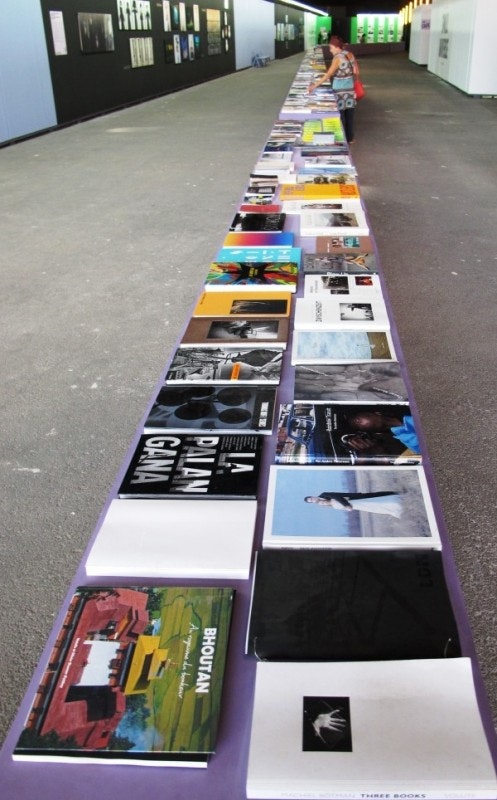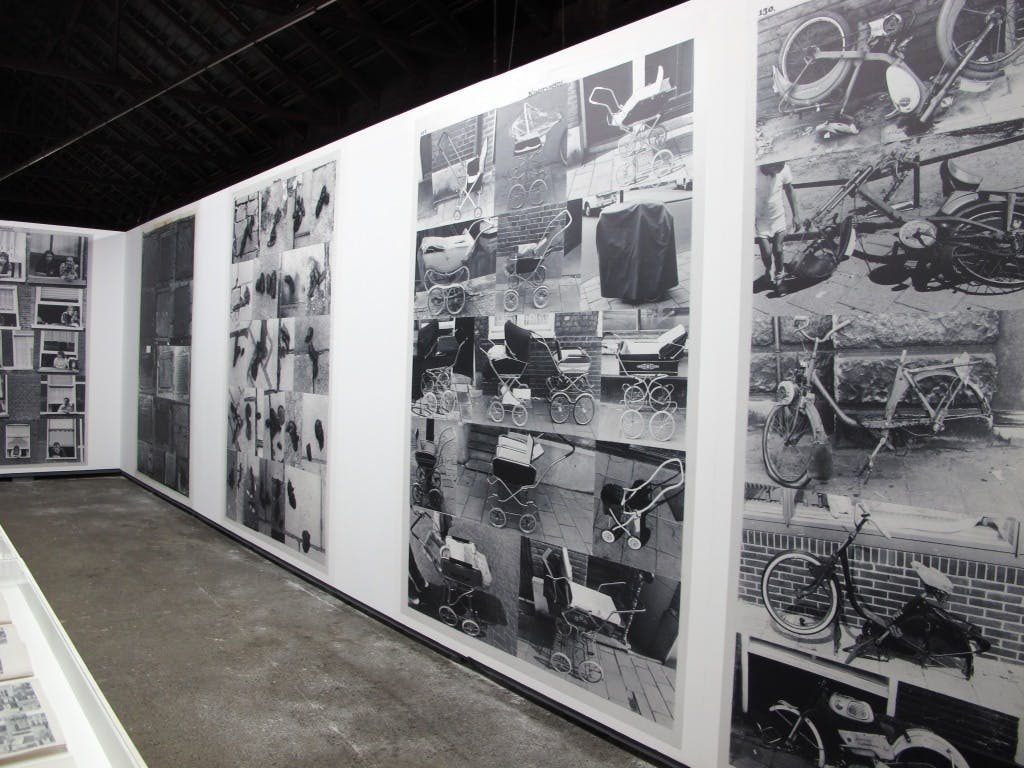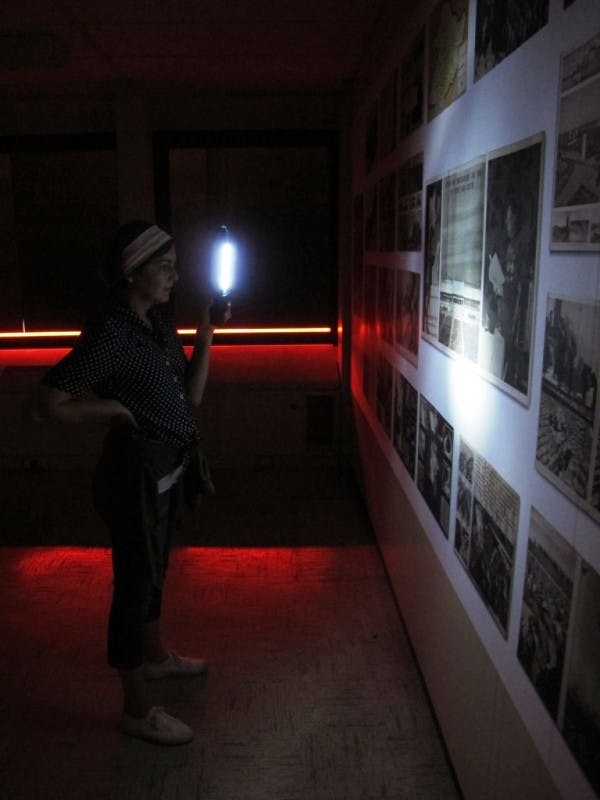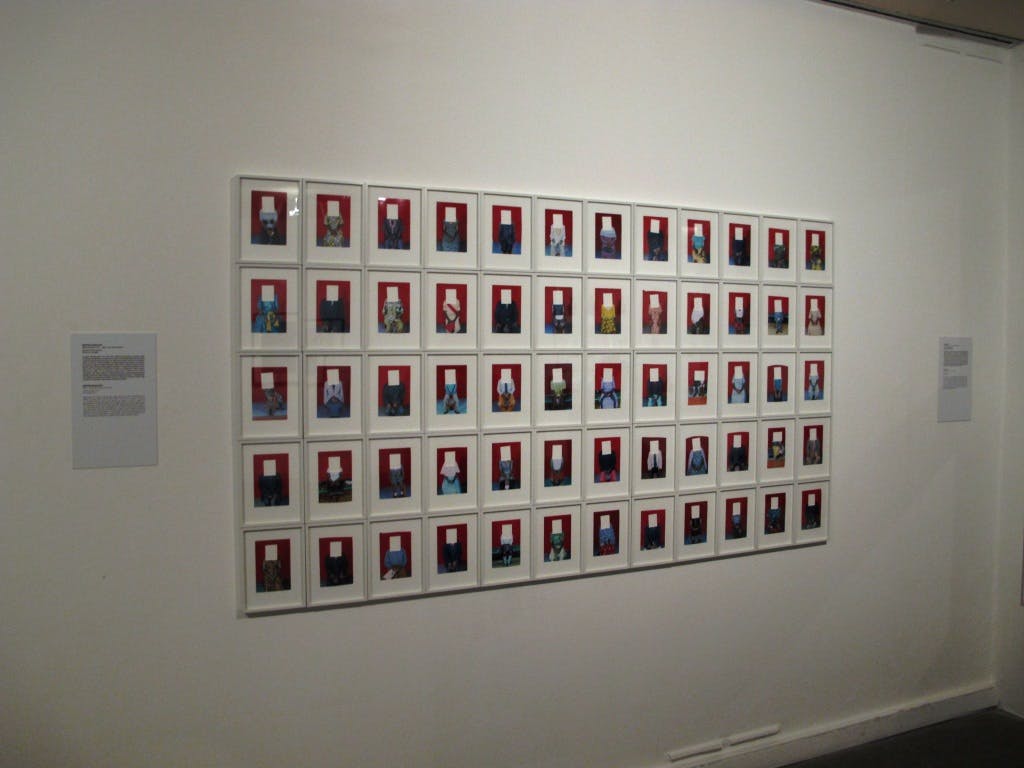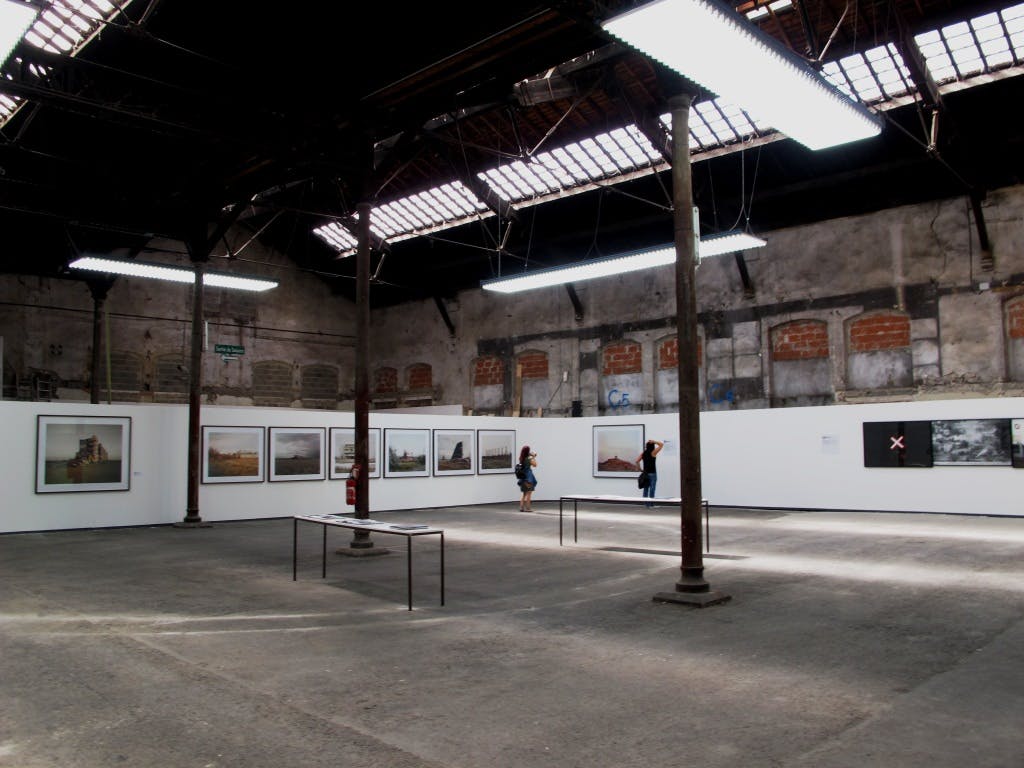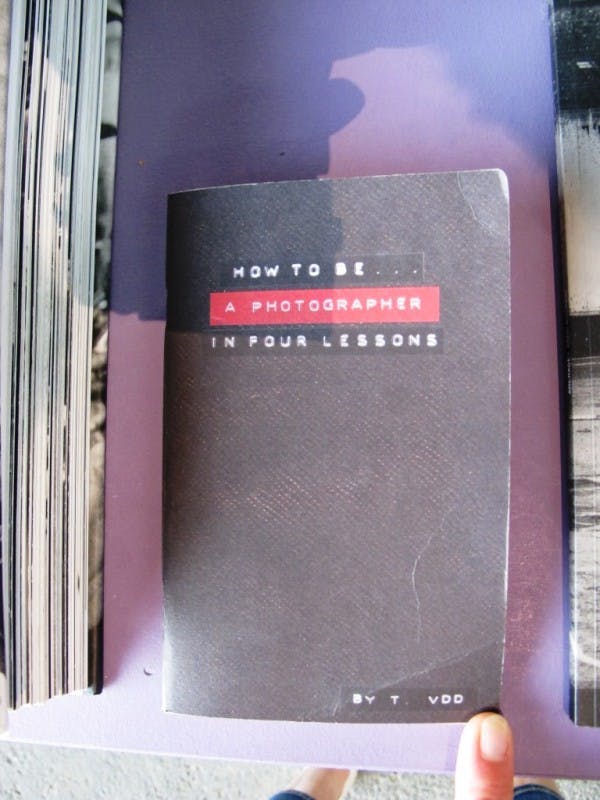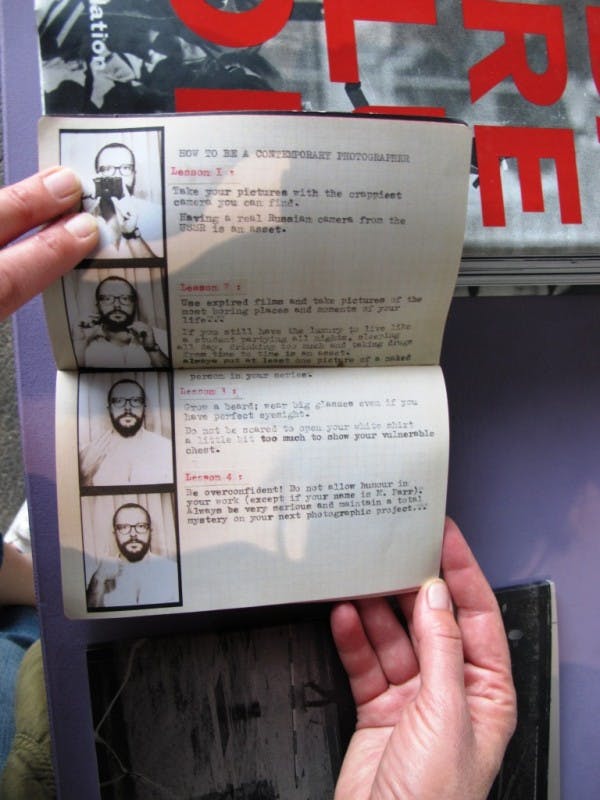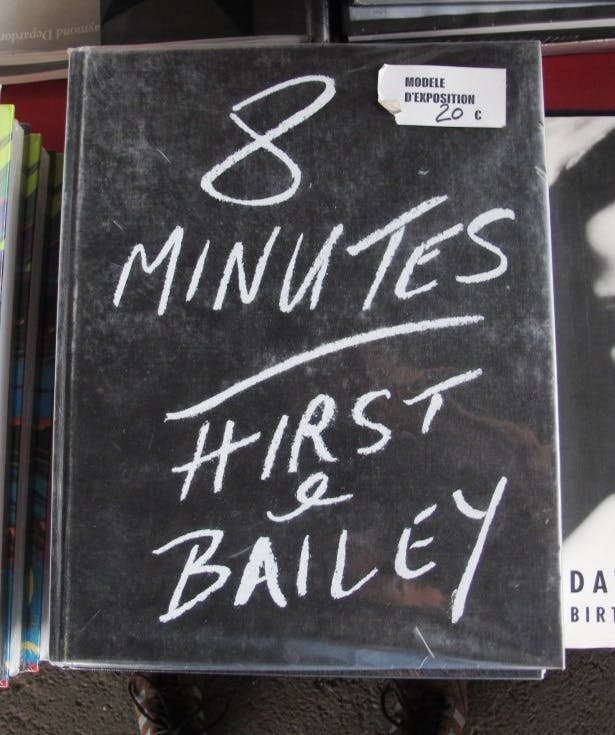And here we are: we have the privilege of being part of the change from analogue to digital – and this is what makes our current publishing world difficult. We are in between times and mediums. The new digital publishing world has yet to replace the old analogue world economically. Most digital publishing ideas in the art and photo book worlds are still not profitable, while the print runs of “real” analogue printed books are shrinking, making those publications less profitable as well. The printing world is adjusting to these new rules by offering smaller print runs (at lower costs than five years ago), faster production turnaround, and combinations of digital, on demand, and offset printing. Today, making a good book is cheaper than it was a few years ago. Anyone with a few thousand dollars or euros can produce a book today, and it may even be a beautiful one. But the amount of time spent on creating, editing, designing, and finalizing a book remains the same as before (also for digital content). Only the number of sellable copies is decreasing. This creates the contradictory situation that, while more books are published than ever before, hardly anyone can make a living from these books.
